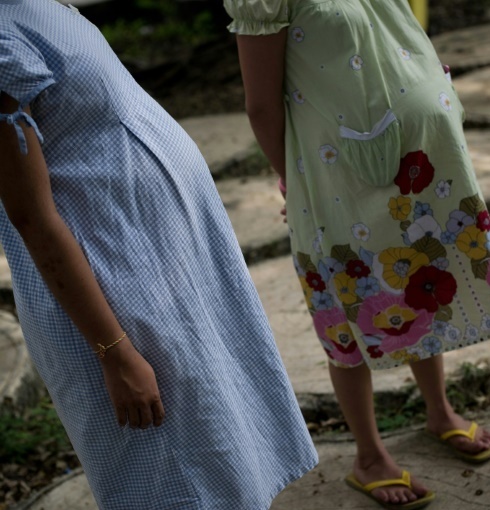Looking flushed: How fertile women spot potential love rivals
It is not only animals that rely on physical cues to gauge the fertility of potential rivals for a mate, an unusual study asserted on Wednesday. Without knowing it, human women seem to be able to recognise others in the most fertile phase of their menstrual cycle, around ovulation, simply by looking at their faces, it said. And intriguingly, this ability was pronounced in women with high levels of oestradiol, a female sex hormone linked to high general fertility. The findings implied that more fertile women, who are likely to have more children in their lifetime, “are better at guarding their mate from potential adultery”, study co-author Janek Lobmaier of the University of Bern told AFP.
There is accumulating evidence that there are subtle changes in human females that are not obvious, but they can still be detected.
Janek Lobmaier of the University of Bern
Lobmaier and a team showed pairs of photographs of women – one taken in the most fertile and one in the least fertile phase of their menstrual cycle – to over 200 other women, some in an online survey and others in the lab. “For women, there is perhaps no direct advantage to detect fertility in other women’s faces, but their might be indirect benefits, for example by making sure her own partner does not commit adultery,” said Lobmaier. The study did not test the potential influence of naturally fluctuating oestradiol levels. Many animals send conspicuous signals to indicate fertility – using plumage, colouring, scent or a special call. The paper was published in the Royal Society Journal Biology Letters.

fertile women